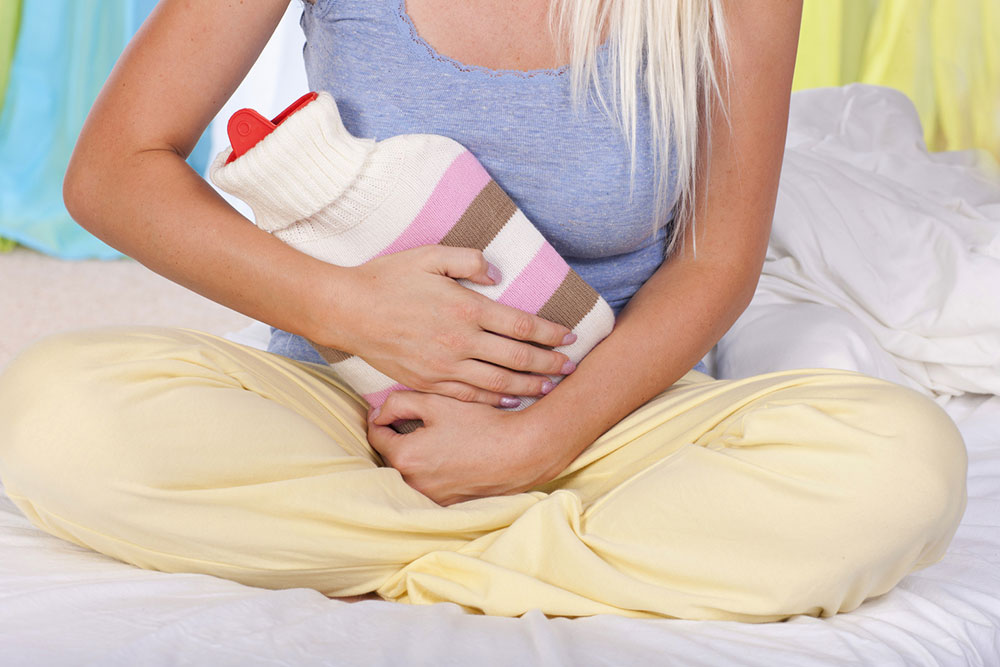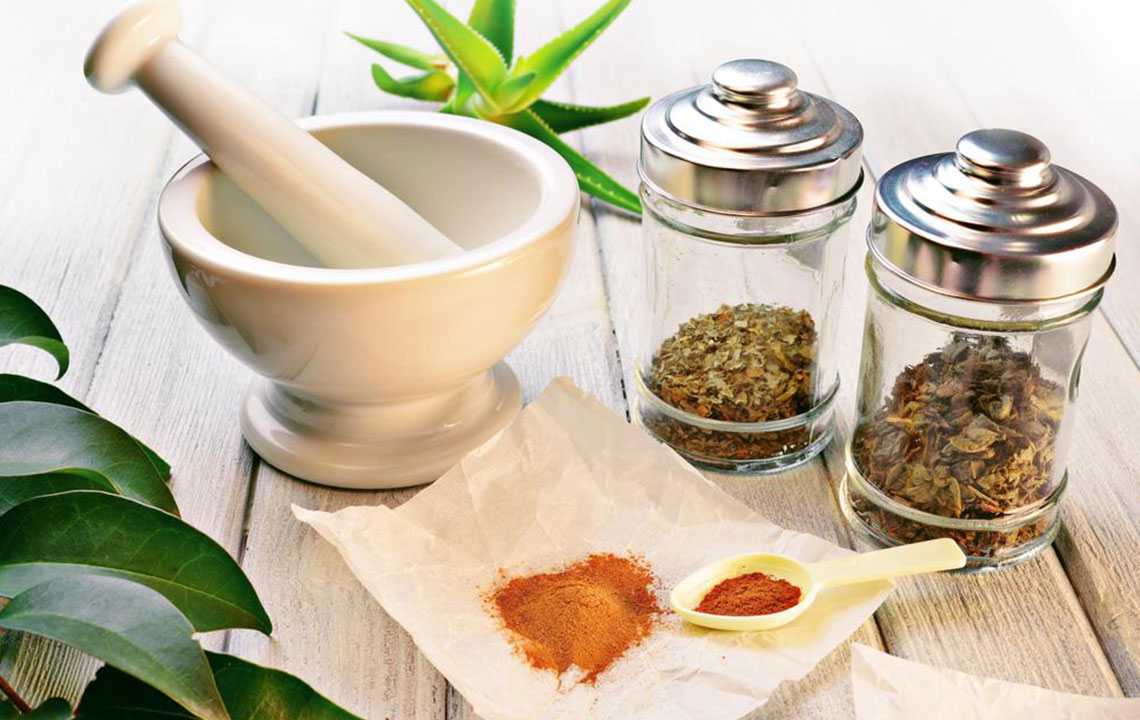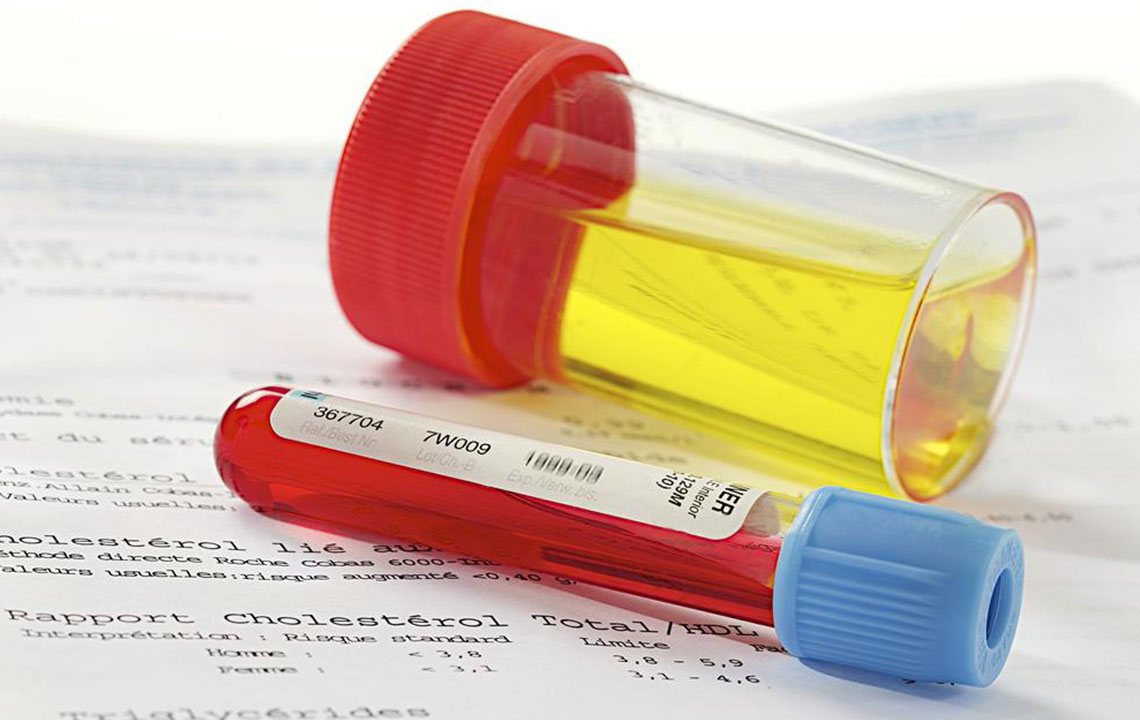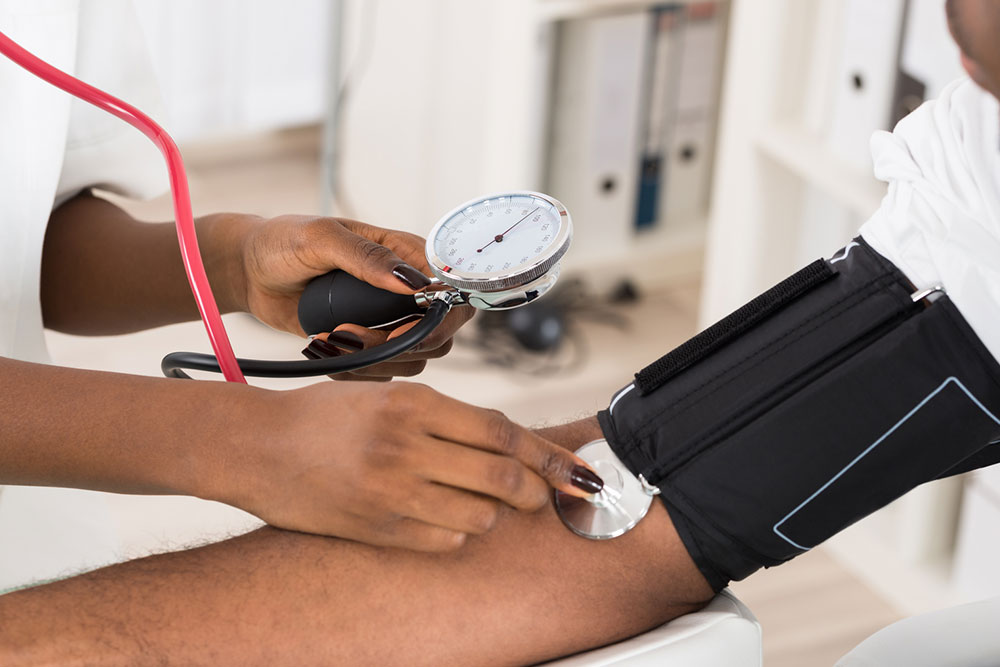Comprehensive Guide to Urinary Incontinence: Causes, Symptoms, and Natural Treatment Strategies
This comprehensive article explores urinary incontinence, detailing its causes, types, and holistic treatment options. Emphasizing natural remedies like pelvic floor exercises, bladder training, and lifestyle modifications, it offers practical advice for managing symptoms effectively. Addressing both medical and natural approaches, the guide aims to help individuals improve bladder control and quality of life through informed strategies and lifestyle changes.

Understanding Urinary Incontinence: Causes, Types, and Effective Natural Remedies
Urinary incontinence is a medical condition characterized by the uncontrollable leakage of urine, affecting a significant portion of the population worldwide. The condition not only impacts physical health but also influences emotional well-being and daily life. Though often associated with aging, urinary incontinence can affect individuals of all ages, with women being disproportionately affected due to childbirth and hormonal changes. Recognizing the causes, understanding the different types, and exploring holistic treatment options are key steps toward managing this condition effectively.
In this extensive guide, we delve into the various causes of urinary incontinence, describe its multiple types, and provide comprehensive insights into natural remedies and lifestyle modifications that can significantly improve symptoms. Coupled with medical treatments when necessary, these strategies aim to enhance bladder control, reduce discomfort, and improve overall quality of life.
What Is Urinary Incontinence?
Urinary incontinence is the involuntary leakage of urine, a condition that can range from minor leaks to complete loss of bladder control. It is not a disease but rather a symptom that indicates an underlying health issue or physical condition. The impact of urinary incontinence extends beyond physical discomfort, often leading to emotional stress, embarrassment, social withdrawal, and diminished quality of life. Addressing this condition involves understanding its root causes, identifying the specific type, and employing an appropriate combination of medical interventions and natural therapies.
Common Causes of Urinary Incontinence
Several factors contribute to the development of urinary incontinence, often intersecting with an individual's age, lifestyle, and health status. These causes can be broadly categorized as follows:
Weak pelvic floor muscles: The pelvic floor muscles support the bladder and other pelvic organs. Weakening these muscles due to pregnancy, childbirth, aging, or surgery reduces their ability to control urine effectively.
Hormonal changes: Particularly in women, menopause results in decreased estrogen levels, weakening the urinary tract tissues and contributing to incontinence.
Neurological disorders: Conditions such as stroke, Parkinson’s disease, multiple sclerosis, or spinal cord injuries can impair nerve signals necessary for bladder control.
Bladder abnormalities: Conditions like overactive bladder, bladder stones, tumors, or infections can disrupt normal bladder function.
Obstructions: Enlarged prostate in men, bladder neck obstructions, or urethral strictures can block urine flow, leading to overflow incontinence.
Medications and lifestyle factors: Certain medications, caffeine, alcohol, or spicy foods can irritate the bladder or increase urgency, triggering leaks.
Temporary causes such as urinary tract infections, constipation, or side effects of medications can also mimic or trigger incontinence episodes. Proper diagnosis by a healthcare professional is crucial for identifying the underlying cause and tailoring treatment accordingly.
Types of Urinary Incontinence
Understanding the specific type of incontinence is essential for effective management. The main types include:
Stress incontinence: This type occurs when physical activities increase intra-abdominal pressure, causing urine leakage. Activities such as coughing, sneezing, laughing, lifting heavy objects, or exercising can trigger leaks. It is frequently associated with childbirth-related pelvic floor damage, aging, or surgical procedures like hysterectomy.
Urge incontinence: Often called overactive bladder, this involves a sudden, intense urge to urinate followed by involuntary urine leakage. It can result from neurological issues, bladder inflammation, or irritation and causes frequent trips to the bathroom.
Overflow incontinence: This occurs when the bladder cannot empty completely, leading to dribbling or constant leakage. Causes include prostate enlargement, urethral strictures, or nerve impairments affecting bladder sensation and contractions.
Total incontinence: Characterized by continuous, unabated urine leakage due to nerve damage or structural defects, such as fistulas or severe nerve injuries, leading to the complete loss of bladder control.
Beyond these, transient incontinence can occur temporarily due to infections, medications, or acute illness, and usually resolves once the trigger is identified and treated.
Natural Remedies and Lifestyle Modifications for Managing Urinary Incontinence
While medical treatments like medications, pelvic floor surgery, or nerve stimulation are effective for many, natural remedies and lifestyle changes can play a crucial complementary role. Adopting these strategies can significantly improve bladder control, decrease leakage episodes, and enhance quality of life.
Pelvic Floor Exercises (Kegel Exercises)
Kegel exercises are one of the most renowned natural methods for strengthening the pelvic floor muscles. Identifying the correct muscles can be achieved by stopping urination midstream or tightening the muscles that prevent passing gas. Regular Kegel exercises involve tightening these muscles for 5-10 seconds, relaxing for the same duration, and repeating multiple times daily. Over weeks to months, this strengthening routine can reduce stress and urge incontinence by providing better control over bladder muscles.
Bladder Training
Bladder training involves gradually increasing the interval between bathroom visits to retrain the bladder’s capacity and reduce urgency. Starting with scheduled voiding—say every hour—patients learn to resist the urge when possible, postponing urination gradually to longer durations. This technique helps increase bladder capacity, decrease frequency, and lessen accidental leaks over time.
Diet and Fluid Management
Dietary modifications can substantially impact urinary symptoms. Limiting the intake of caffeine, alcohol, spicy foods, citrus fruits, and artificial sweeteners is recommended, as these irritate the bladder. Staying well-hydrated but avoiding excessive fluid intake—especially before bedtime—reduces nocturia and daytime urgency. Consuming high-fiber foods can prevent constipation, indirectly reducing pressure on the bladder.
Behavioral Techniques
Additional habits include double voiding—urinating, then waiting a few moments to urinate again—ensuring complete bladder emptying. Using absorbent pads or protective clothing offers mobility and confidence, especially during the initial phases of natural training. Managing fluid intake meticulously, limiting it to six to eight glasses daily, and avoiding liquids before sleep can also alleviate symptoms.
Alternative Therapies
Acupuncture and biofeedback have shown promise in managing urgency and tightening bladder control. These therapies help regulate nerve functions and strengthen signaling pathways, reducing involuntary bladder activity.
When to Seek Medical Attention
Persistent or worsening symptoms warrant consultation with a healthcare professional. Advanced treatments such as nerve stimulators, Botox injections, or surgical procedures may be necessary if conservative measures prove insufficient. Additionally, addressing underlying health issues like infections or neurological conditions is vital for comprehensive management.
Conclusion
Understanding the complex nature of urinary incontinence enables individuals to approach it proactively. Emphasizing natural remedies, lifestyle adjustments, and medical interventions creates a balanced strategy to regain bladder control and enhance overall well-being. With proper diagnosis, personalized treatment plans, and consistent practice of these natural methods, many people can achieve significant improvements and enjoy a normal, active life.





